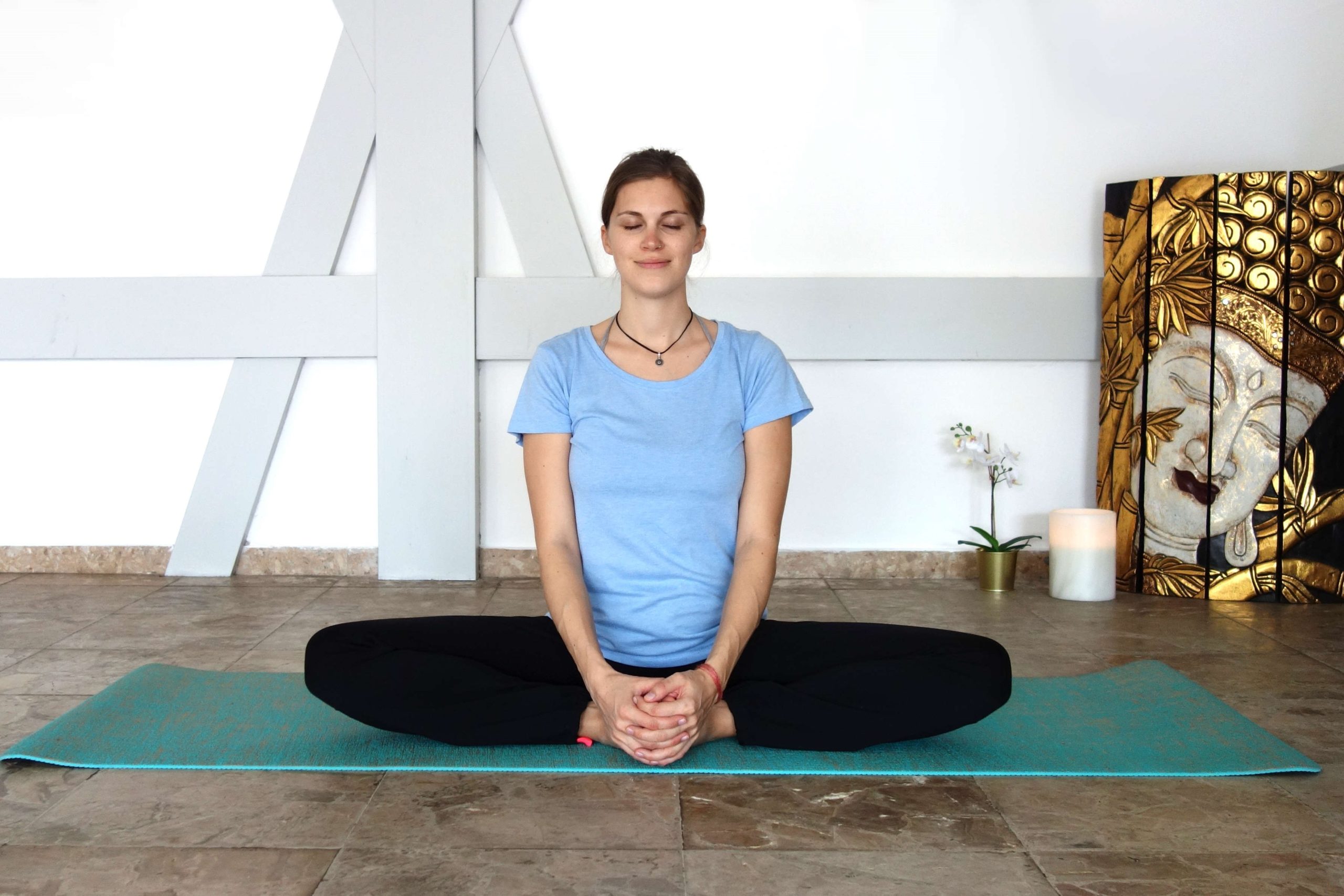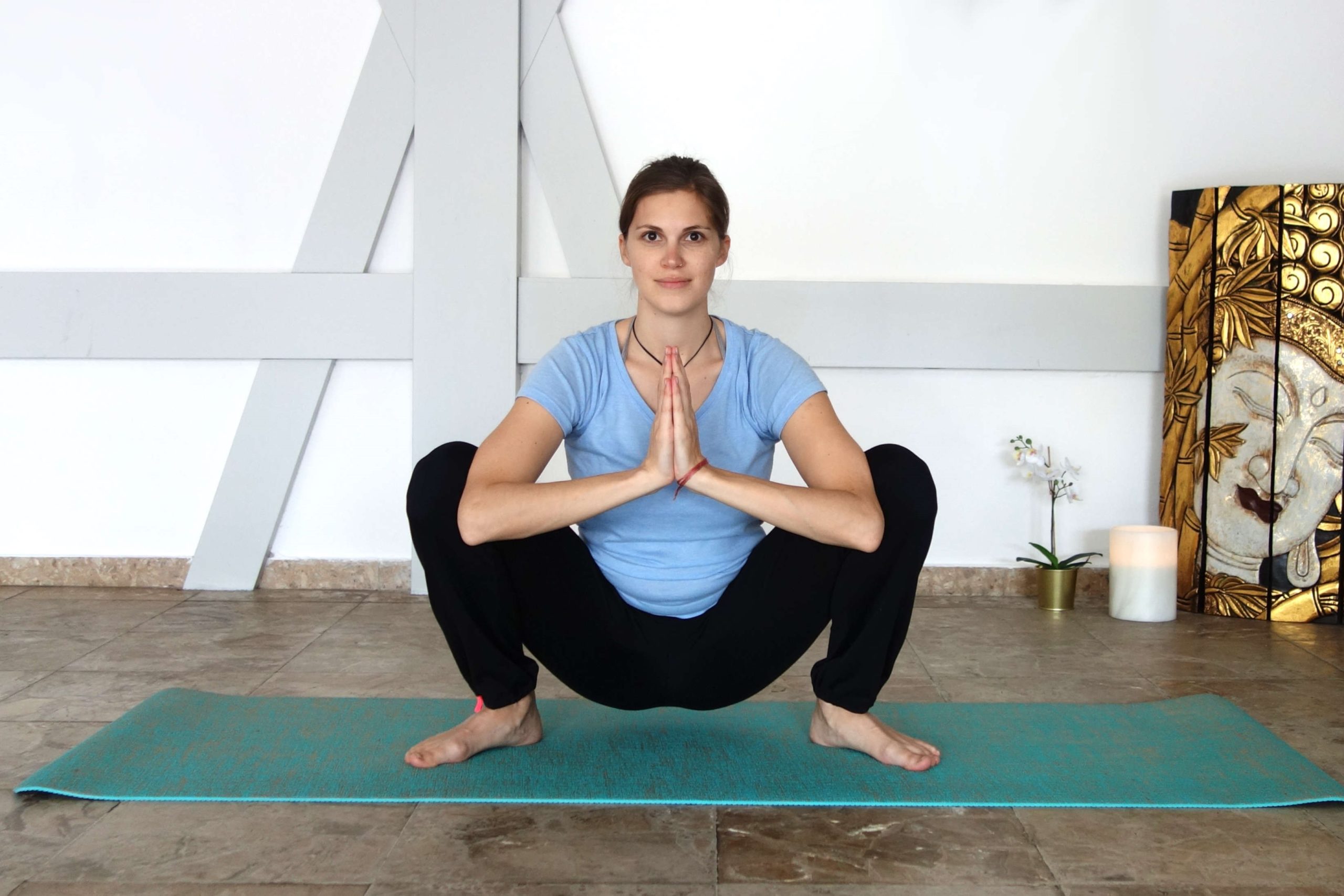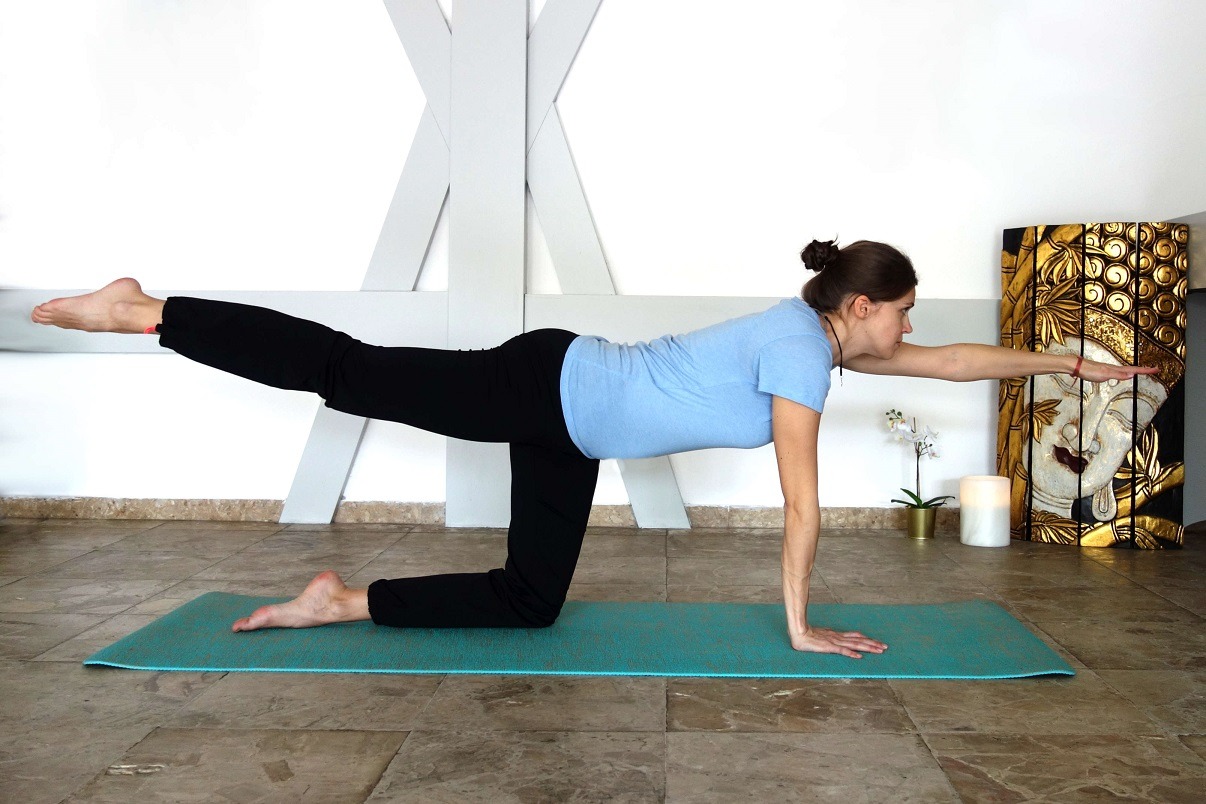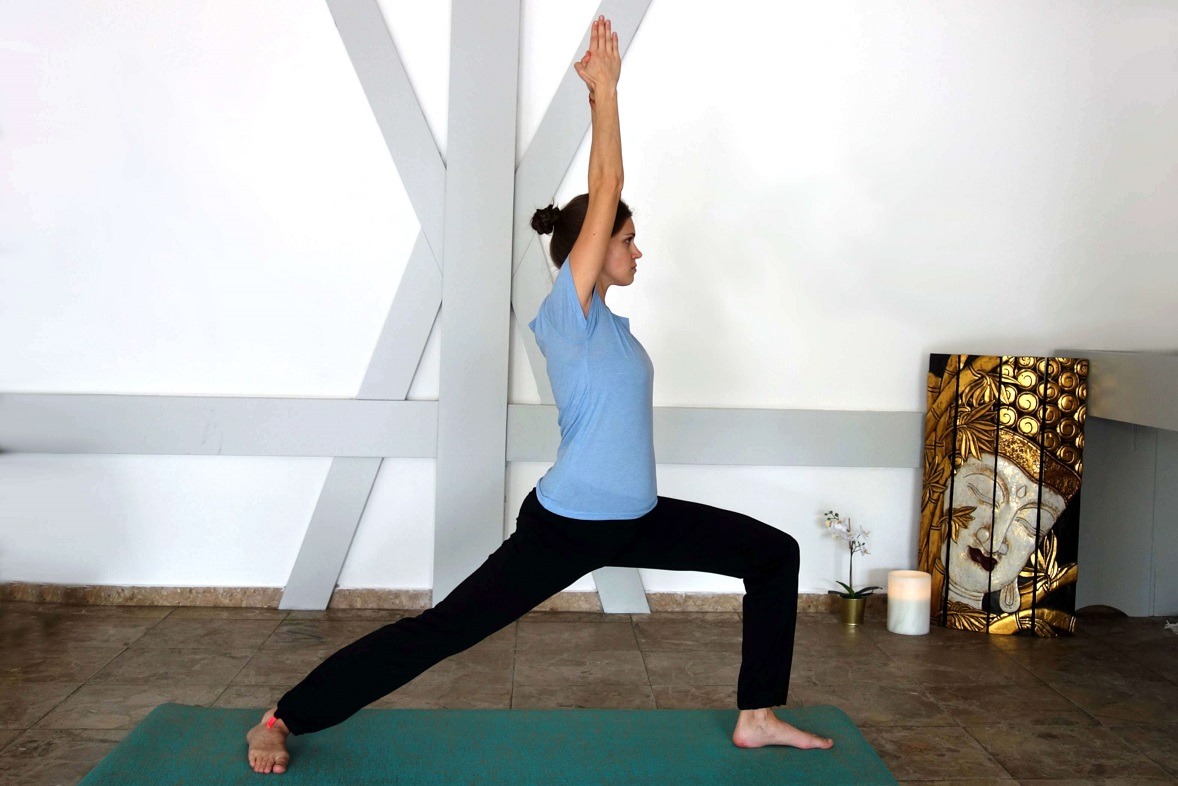Congratulations! You will soon be able to welcome a new citizen of the Earth. What is now happening in your body is a magical interplay of biology and divine energy. For many women, pregnancy is a pleasing time. But it can also be exhausting, confusing and challenging. Not only your body undergoes great changes, but also your psyche, your emotions and your spiritual life. Yoga offers millennium-old tips and tricks to support you in this new phase of your life.
Rest
Your body produces a new life out of nothing, so to speak. For this, it needs a lot of energy and attention. Therefore treat yourself to sufficient relaxation periods. Your body is now changing in leaps and bounds: your breasts are growing, hormones are changing, and your uterus is expanding. These changes can be accompanied by symptoms such as tiredness, dizziness, nausea, loss of appetite, cravings or mood swings. I personally felt awful in the first three months of my pregnancy. I was never sick, and I never had to throw up, but I was constantly tired and spent a lot of time in bed because I was quickly exhausted from small activities. But in the 4th month everything got better, so hang in there.
Yoga in the first trimester
Yoga helps you through the upcoming transformation – physically, mentally and spiritually. Your body is changing a lot now, but you may not feel much of it, and you may not feel pregnant yet. You do not yet see any belly, feel no kicks and are not yet recognized by others as pregnant. Therefore it is essential to be very careful with your body. Mindfulness is required. You now have the responsibility for another being. During exercises, imagine how your baby feels in your belly – what is good for him/her and what is not. During early pregnancy you can still practice almost all asanas normally if you pay attention to a few things:
Do’s
- Practice mindfulness – listen to your body and its limits
- Send your ambition and ego on vacation – listen to yourself and do what is good for you.
- Modify the sun salutation – gently, without pressure on the stomach and no jumps.
- Begin to prepare yourself physically for the upcoming birth. All hip opening and back strengthening asanas are now your best friends (Baddhakonasana – butterfly, Majariasana – cat).
- Spoil yourself – Do everything to feel comfortable in your body. Buy a nice new bra, treat yourself to a bubble bath, get a massage.
Dont’s
- Overexertion – you can postpone the exhausting asanas to the time after the birth.
- Now the focus is on relaxation and stretching. Your breath should always flow calmly. If it becomes restless, change to a simpler variation or rest for a few moments in Balasana (child’s posture).
- Squeezing the belly – Asanas in which you lie on your belly or compress the belly in any way are taboo for the next 40 weeks. (e.g. Naukasana – boat, Bhujangasana – cobra) Your uterus and your little miracle now need space to expand.
- Twisting postures – the same applies to extreme twisting postures in which your belly is squeezed. (e.g. Ardha Matsyendrasana – half spinal twist, Shava Udarakarshanasana – total spinal rotation)
- Jumps – If you practice an active yoga style like Ashtanga yoga, you should switch to a gentler style, like Hathayoga, the mother of all yoga styles, for the next 9 months.
- Inversions – that doesn’t affect everybody, but if you are a newbie to yoga, now is not the time to master the headstand. In early pregnancy, there is generally nothing wrong with reverse postures, if you can do them safely and without falling.
Asanas – Yoga during pregnancy




Pranayama – Yoga during pregnancy
Nadi Shodhana or alternating nostril breathing cleanses your energy channels and brings your hormones into balance. It relaxes your mind, your body and lets prana (life energy) flow freely again. Here you can find our detailed video instructions for Nadi Shodhana.
Ujjayi Pranayama calms the mind and centres your energies. It helps you to stay within yourself and to be aware of the moment. You can do this pranayama during the asanas or after the asanas as extra practice. In Ujjayi Pranayama, you narrow the glottis and thus control the airflow. The airflow becomes finer and longer. Just imagine that you are breathing onto a mirror. Do this with your mouth closed. After some time you can hold the fine murmur not only when you exhale but also when you inhale. Ujjayi breathing keeps warmth in your body, and the acoustic noise helps you to stay in the moment.
Spirituality during pregnancy
The aura of a pregnant woman is one of the easiest energy fields to see. It is flooded with light and gold. The golden colour is an indication that the pregnant woman is deeply connected to spiritual beings who support her. Your pregnancy is an extraordinary period in which enormous spiritual growth is possible. Now is a fruitful time for meditation, spiritual reading and work on your intuition and perception.

Meditation – Yoga during pregnancy
During pregnancy, your rhythm and the rhythm of your baby adjust to each other. This is known as ‘entrainment’ or ‘synchronization’.
Through meditation, you can not only strengthen this process but already build a strong relationship with your little wonder. Furthermore, your mind needs to be trained to enable relaxation of the body. Once you have become a master of relaxation, nothing stands in the way of a quick and easy birth. I highly recommend that you meditate at the beginning of your pregnancy and thus train your ability to relax and to get involved in the birth.
If you are a beginner in meditation, I recommend ‘guided meditations’, which are not meditation in the true sense of the word, but concentration. You can find a lot of them on the internet, also especially for pregnancy.
If you have already practised true meditation (calming the mind), breathing meditations are especially suitable. The mind is calmed by concentrating on your own breath. In this way, you relax your breath, your body and also your mind.
Mantra Chanting – Yoga during pregnancy
A mantra is a syllable, word or phrase that expresses certain qualities. By repeating a mantra aloud, the vibrations of this quality are transmitted into our body and mind. Mantra Chanting is, therefore, a method to promote certain qualities in us. There are thousands of mantras, mainly in Sanskrit. For pregnancy, the most suitable is “Aum” or Ganesha Mantra for a new beginning.
But it does not have to be a Sanskrit mantra; you can think of a word or a sentence that will evoke positive feelings in you. For example: “I am loved”, “I am creating and supporting a miracle”, “Thank you”.
After your daily asana or pranayama session or just in between, you can recite your mantra. Your baby will also receive the vibrations.

